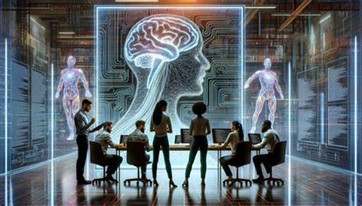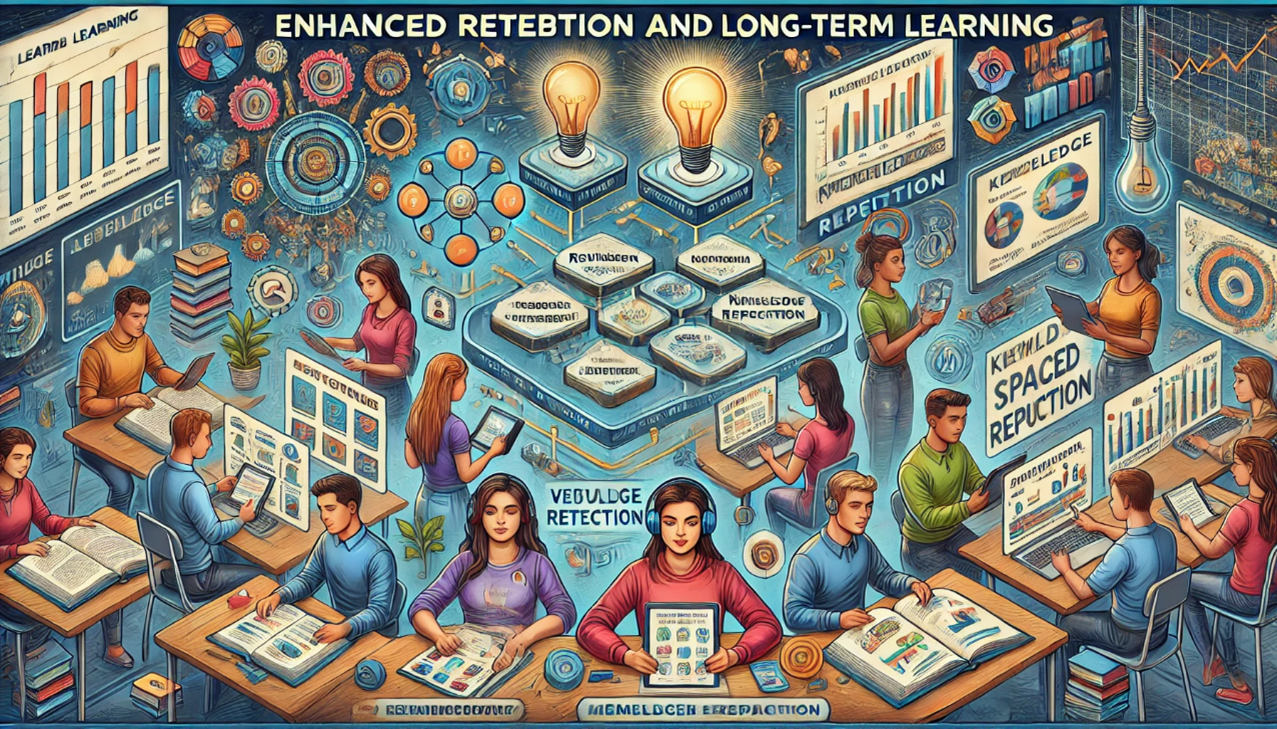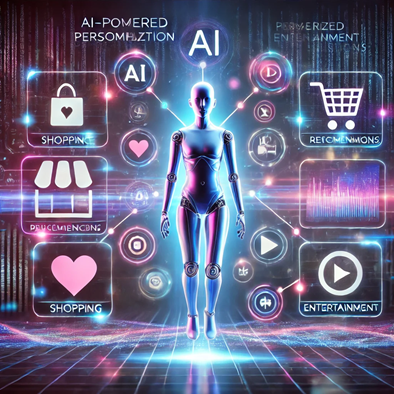Ambient Intelligence (AMI) and Human-Centric Computing

Ambient Intelligence (AMI) and Human-Centric Computing
by vivienne 02:18pm Jan 10, 2025

As digital technology advances, there is a growing trend toward creating environments that can sense, adapt, and respond to human needs seamlessly. Ambient Intelligence (AMI) and Human-Centric Computing are two concepts at the forefront of this trend, aiming to create personalized, context-aware systems that prioritize user comfort, convenience, and empowerment. Together, they represent a shift from technology-centered to human-centered design, where the technology adapts to us rather than requiring us to adapt to it.
What is Ambient Intelligence (AMI)?
Ambient Intelligence (AMI) refers to environments that are embedded with technology and equipped with sensors, processors, and actuators to detect and respond to the presence and activities of people. In an AMI environment, devices and systems collaborate to provide intelligent responses to enhance user comfort, safety, and productivity. The goal of AMI is to create a "smart" environment that feels intuitive and unobtrusive, as though the technology is “invisible” while still responsive.

Key Characteristics of Ambient Intelligence:
· Context-Awareness: AMI systems sense their environment and the user’s presence, behaviors, and preferences. For instance, smart lighting may adjust based on room occupancy and natural lighting conditions.
· Adaptability: AMI systems learn and adapt over time, customizing responses based on patterns in user behavior.
· Interactivity: AMI environments allow for seamless interaction with users, often using natural methods such as voice, gesture, or even gaze recognition.
· Embeddedness and Pervasiveness: AMI systems are often embedded within the environment, minimizing the need for visible or obtrusive hardware.
AMI applications are diverse, spanning from smart homes and offices to healthcare facilities and urban planning, where environments can adapt to improve user experiences, save energy, or support health and well-being.
What is Human-Centric Computing?
Human-Centric Computing is a paradigm that puts human needs, comfort, and empowerment at the core of technology design. Unlike traditional approaches that focus primarily on technological capabilities, human-centric computing emphasizes usability, accessibility, and the psychological and social aspects of human interaction with technology. This approach seeks to make technology more intuitive and less intrusive, so people can focus on their tasks and goals rather than on how to operate the technology.
Principles of Human-Centric Computing:
· User-Centered Design: Prioritizing ease of use, accessibility, and intuitive interfaces, often developed with feedback directly from users.
· Emotional and Social Intelligence: Human-centric systems take into account emotional and social factors, such as tone of voice in virtual assistants or the adaptability of systems based on stress levels.
· Inclusivity and Accessibility: Ensures technology is usable by people with diverse needs, including those with disabilities.
· Privacy and Trust: Human-centric computing emphasizes respecting user privacy and fostering trust by providing transparency and control over personal data. 
How AMI and Human-Centric Computing Work Together
Ambient Intelligence and Human-Centric Computing are complementary. AmI provides the technical framework to sense and adapt to the environment, while Human-Centric Computing focuses on designing these systems to serve human needs effectively and respectfully. Together, they create intelligent systems that are both responsive and user-friendly.
For example:
· In a smart home, AMI systems detect occupancy and adjust lighting, temperature, and even sound levels to suit individual preferences, while human-centric principles ensure the controls are easy to use and data privacy is maintained.
· In healthcare, AMI can monitor patient vitals and detect emergencies, while human-centric design ensures that the interfaces are accessible to both patients and caregivers, with a clear focus on trust and data security.
The Future of AMI and Human-Centric Computing
The future of Ambient Intelligence and Human-Centric Computing lies in creating environments that not only adapt to users but are also transparent, secure, and ethically designed. Emerging technologies like AI, the Internet of Things (IoT), and edge computing will further empower AMI systems to deliver more personalized experiences while respecting user privacy and autonomy.
· Integration with AI and IoT: AI algorithms and IoT devices will increase the adaptability and scope of AMI systems, enabling more responsive and intelligent environments.
· Enhanced Privacy-Preserving Technologies: As privacy concerns grow, PETs (Privacy-Enhancing Technologies) such as differential privacy and federated learning will be critical in balancing convenience with security.
· Focus on Accessibility: Future designs will likely emphasize inclusivity, ensuring that smart environments are usable by people of all abilities and backgrounds. 
Conclusion
Ambient Intelligence and Human-Centric Computing represent the future of technology: personalized, adaptive, and responsive to individual needs. While these systems promise tremendous benefits, they also require thoughtful design and ethical considerations to ensure they respect privacy, security, and autonomy. As we progress toward a world of smart environments, maintaining a human-centered approach will be crucial to developing technology that serves humanity in a way that is both empowering and respectful.






